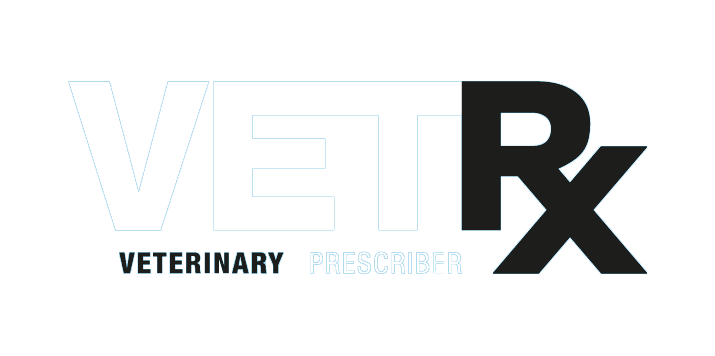An In-depth Look At Fipronil Flea Treatment
An in-depth look at fipronal flea treatment
Fipronil flea treatment for dogs and cats is widely available – you can get it from supermarkets, pet stores, pharmacies and veterinary practices, and fipronil flea treatment can also be bought online. There are very many brands of flea treatment available for use today, but it should be noted that many of these are similar products that contain fipronil, an insecticide, as the active ingredient.
Why is fipronil flea treatment so widely available?
To appreciate why and how fipronil flea treatment is sold so widely, you first need to understand how veterinary medicines are regulated and marketed.
By legal definition, fipronil flea treatment for a cat or dog is a veterinary medicine. This means that a company needs a marketing authorisation from the national veterinary medicines regulator before it can be sold and promoted. To get a marketing authorisation, the product must be proven to do what it is claimed to do, have acceptable safety, and be of high and reliable quality.
Reclassification
When a completely new veterinary medicine containing a new active ingredient comes along, it will usually be available only with a veterinary prescription (POM-V – prescription-only medicine - vet) at first. But after 5 years, the company can ask the regulator to reclassify the medicine for non-prescription use. In Great Britain, there are two categories of non-prescription supply:
NFA-VPS which stands for non-food-animal vet pharmacist SQP (suitably qualified person)
AVM-GSL which stands for authorised veterinary medicine – general sales list.
When considering an application for reclassification, the regulator will consider the safety record of the product and also consider whether it is appropriate for supply without a prescription. For instance, this involves considering whether the product can be used appropriately and safely without a veterinary diagnosis.
End of exclusivity
Usually when a new veterinary medicine first comes to market, there is a period of several years when the pharmaceutical company can market the product exclusively. However, when the period of exclusivity is over, other companies are allowed to produce the medicine and market it under their own brand name. So when the period of exclusivity ended for the original brand of fipronil flea treatment, other brands of fipronil flea treatment could enter the market as well. These other brands are known as 'generics' (or generic medicines).
Reclassification and end of exclusivity for fipronil flea treatment
Originally, many years ago, fipronil flea treatment was only available on veterinary prescription and under a single original brand name. Then some brands were reclassified as NFA-VPS, so the product could be sold without a prescription but still under the supervision of a vet, pharmacist or SQP. More recently there has been further relaxation of the supervision of sales of fipronil flea treatment, with brands becoming available on general sales (e.g. from supermarkets) without any professional supervision at all.
All in all, these changes mean that the fipronil flea treatment market has been greatly expanded, and that the products within it are promoted to pet owners in many ways – through pet stores, pharmacies, supermarkets, online, and as subscription products.
Concerns about ecotoxicity
The medicines that we put on, or give to, animals - including flea treatments - eventually end up in the wider environment. However this aspect of medicines use hasn’t received much thought or attention until relatively recently. Medicines for people and companion animals are largely exempt from needing to undergo any rigorous evaluation of environmental safety. This is because they have been assumed to have a negligible effect on the environment when used in individual people or animals.
Now though, things are changing - it’s becoming clear that medicines can continue to have a biological effect on the places where they end up in the environment and affect wildlife dependent on those places for a living habitat, food, or water. Furthermore, many medicines are used in very large numbers of people and animals, so the quantity of medicines ending up in the environment in this way can be considerable - and regulators are beginning to take note of it.
Help with using medicines in the best interests of pets and the environment
Veterinary professionals need to know all the relevant information about medicines and to keep up to date with that information as it develops and changes over time – it’s a professional necessity. As an independent resource, Veterinary Prescriber ensures that vets and other veterinary professionals know all the relevant facts about the various medicines and treatments available to them, and not just the features that the companies selling the products want people to know about.

